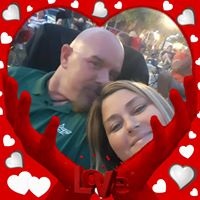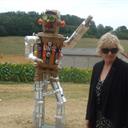In the northern hemisphere, the Harvest Moon usually appears in which month?
The full moon is the lunar phase when the Moon appears fully illuminated from Earth's perspective. This occurs when Earth is located directly between the Sun and the Moon.
The "harvest moon" and "hunter's moon" are traditional terms for the full moons occurring during late summer and in the autumn, in the northern hemisphere usually in September and October respectively. The "harvest moon" is the full moon closest to the autumnal equinox (22 or 23 September), coming anywhere from two weeks before to two weeks after that date.
All full moons rise around the time of sunset. Because the moon moves eastward among the stars faster than the sun its meridian passage is delayed, causing it to rise later each day, on average by about 50.47 minutes.
The harvest moon and hunter's moon are unique because the time difference between moonrises on successive evenings is much shorter than average. The moon rises approximately 30 minutes later from one night to the next, as seen from about 40 degrees N or S latitude. (This is because a full moon in September appears to move not straight east but north-east in the sky.) Thus, there is no long period of darkness between sunset and moonrise for several days following the actual date of the full moon.
More Info:
en.wikipedia.org
















